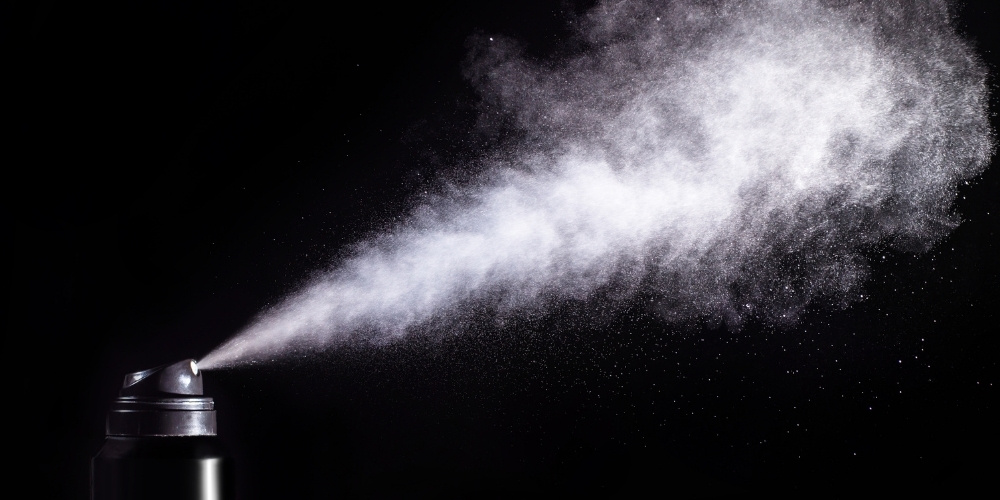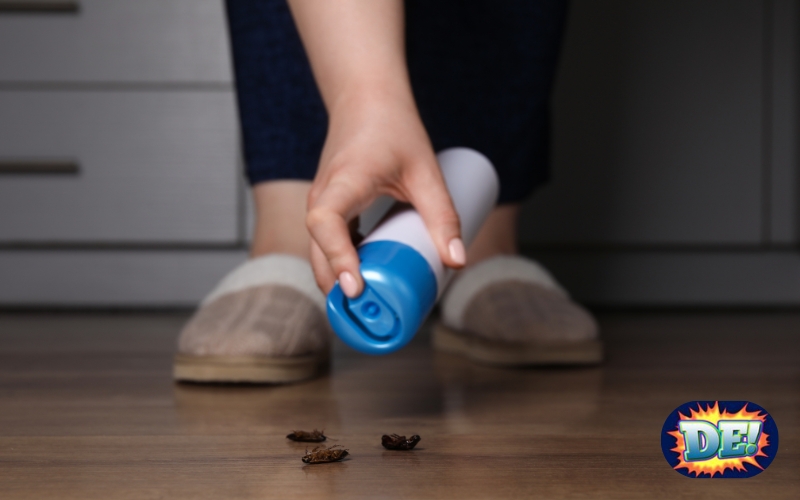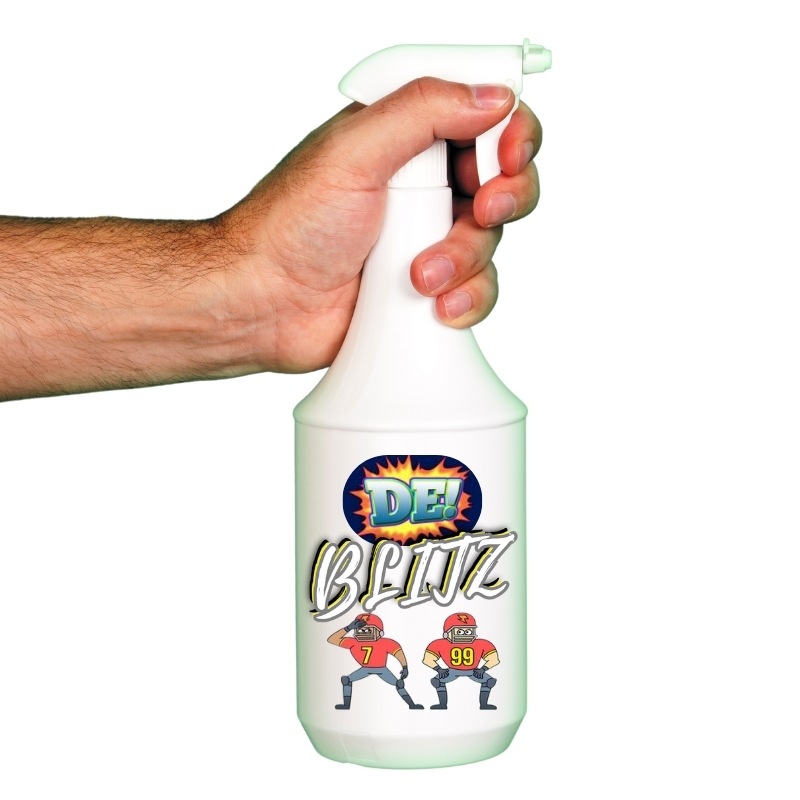
For years, the standard treatment for bed bugs relied on chemical pesticides like pyrethrins and pyrethroids. But the science is clear: these chemicals are failing, leading to persistent infestations and raising concerns about safety.
If you are looking for a powerful, fast-acting treatment that is truly effective, it’s time to move past pyrethrins and embrace the future of bed bug elimination: natural mechanical-kill solutions.
The Pyrethrin Problem: Why Chemical Sprays Stop Working on Bed Bugs Eventually
Pyrethrins and their synthetic counterparts, pyrethroids, work by attacking the nervous system of an insect. They sound effective, but they come with three major drawbacks that compromise your treatment.
Causes of Pyrethrin Resistance in Insects
1. Resistance is Widespread
Bed bugs have rapidly evolved. Scientific studies show that many populations are now highly resistant to pyrethroid chemicals. This means that you can spray an infested area multiple times, but the bugs will often survive, multiply, and the infestation will return—or never truly leave.
2. Pyrethrins Can Be Repellent
When bed bugs sense pyrethrin residue, they sometimes avoid the treated area. This is known as “repellency.” Instead of killing the bugs, you unintentionally scatter them to other parts of your home, making the infestation worse and spreading it to other rooms or even neighboring apartments.
3. Concerns About Residual Safety
While generally low in toxicity, many people seek pyrethrin-free insect pest treatment options due to concerns about applying neurotoxins around pets, children, or those with sensitivities. When choosing a product, you should not have to compromise your family’s well-being for effectiveness.

The Solution: Mechanical Kill, A Natural and Scientific Advantage Over Insects
The most reliable, non-toxic, and fast-acting solution available today is a mechanical-kill formula. Our product uses a meticulous blend of natural compounds that kills bed bugs instantly through a physical, non-chemical process.
How Mechanical Kill Works

Instead of trying to poison the bed bug’s nervous system, our formula works in two steps:
Physical Failure: It rapidly breaks down the bug’s protective layer, causing immediate dehydration and death.
Immediate Contact Kill: The specialized formula instantly coats the exoskeleton of the bed bug.
It doesn’t matter if the bug is resistant to pyrethrins. The mechanical kill method is physical, not chemical, meaning bugs can never evolve resistance to it.
When you hit them with our spray, they die. Guaranteed.
Side-by-Side Comparison: Pyrethrins vs. Mechanical Kill
| Feature | Pyrethrin/Pyrethroid Sprays | Your Brand Name (Mechanical Kill) |
| Kills Resistant Bed Bugs? | No. Most bugs are now resistant. | Yes. Resistance is physically impossible. |
| Method of Kill | Chemical Neurotoxin | Physical (Dehydration/Exoskeleton Breakdown) |
| Toxicity Concern | Low, but contains chemical neurotoxins. | None. Made with natural, plant-derived ingredients. |
| Effect on Infestation | Can cause “repellency” and scattering. | No repellency; kills on contact where applied. |
| Ideal Use | Older, ineffective spot treatments. | Complete, guaranteed bed bug elimination. |
In addition to these performance and safety benefits for humans, by not using pyrethrins, you’re also doing your part to protect the environment and our most important farm workers- bees.
Stop Wasting Time and Money on Failing Treatments
If you’ve already tried pyrethrin sprays and the problem came back, you’ve experienced resistance firsthand. You need a treatment that delivers a guaranteed kill every time.
Choosing a pyrethrin-free, mechanical-kill formula is not just a safer choice—it is the only smart, scientifically sound choice for permanently ending your bed bug infestation.
